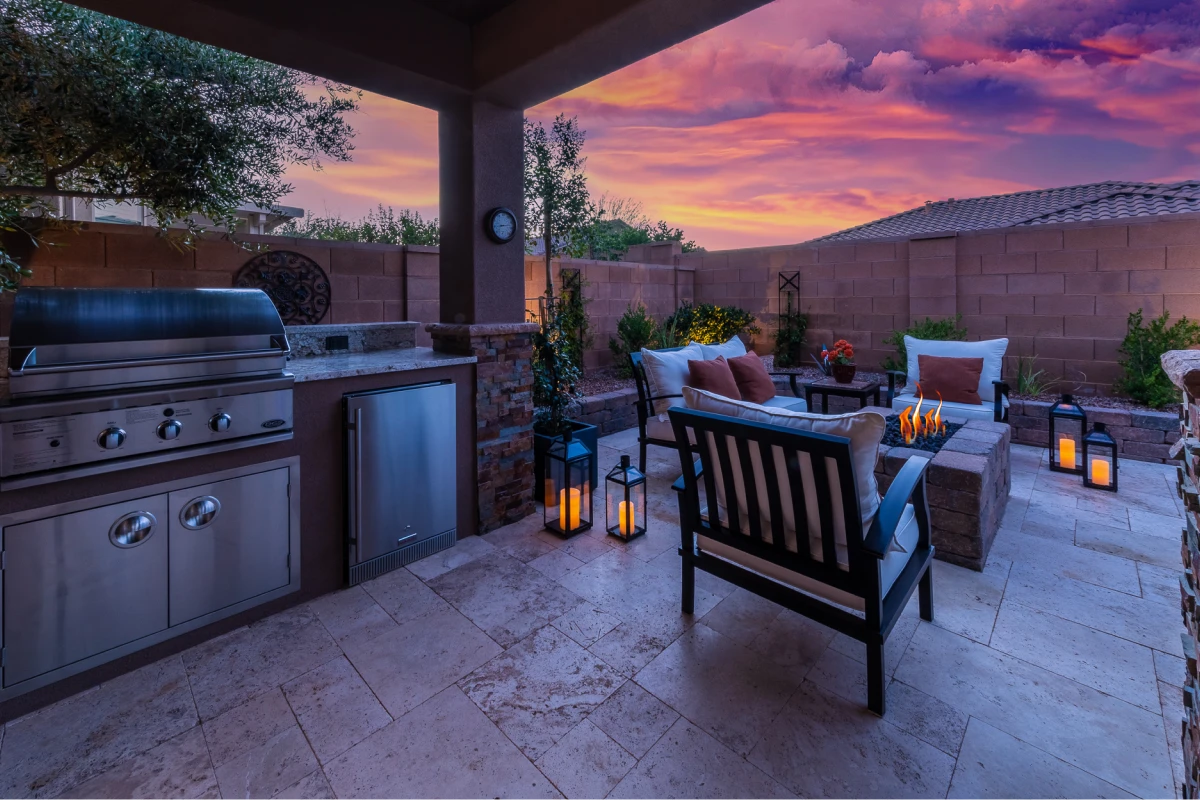
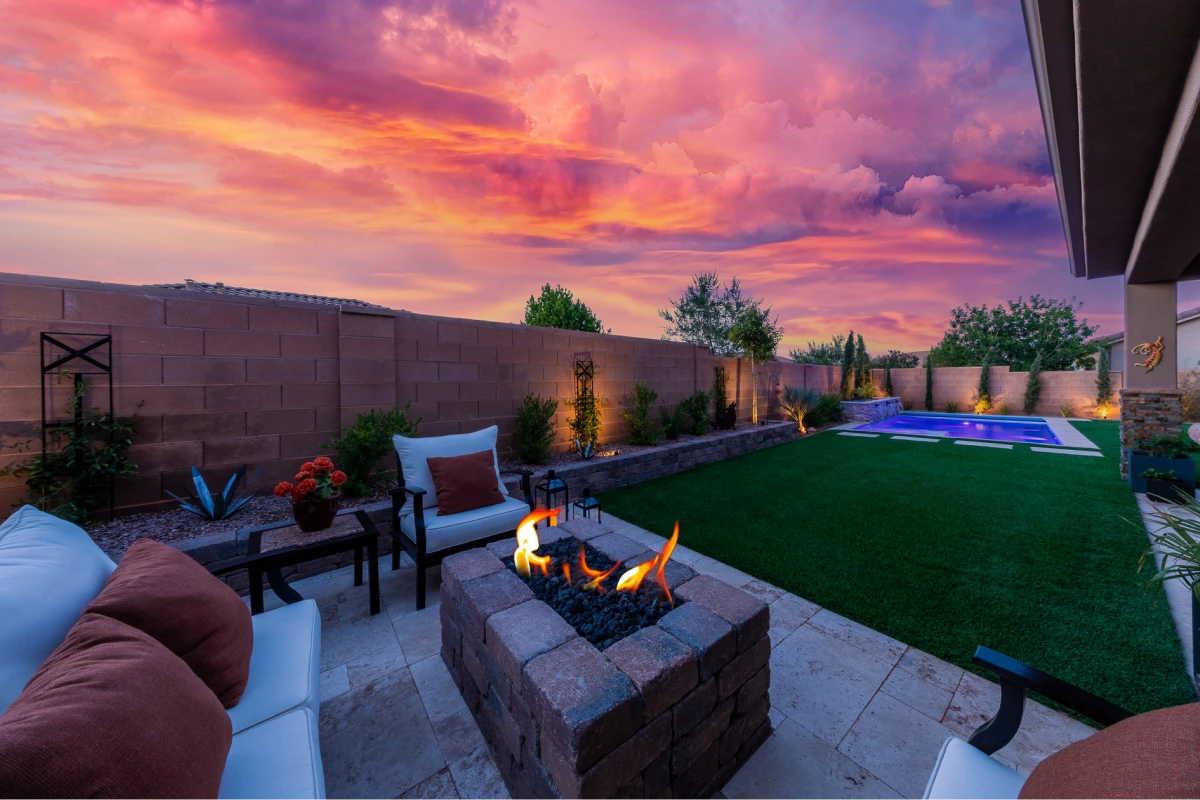
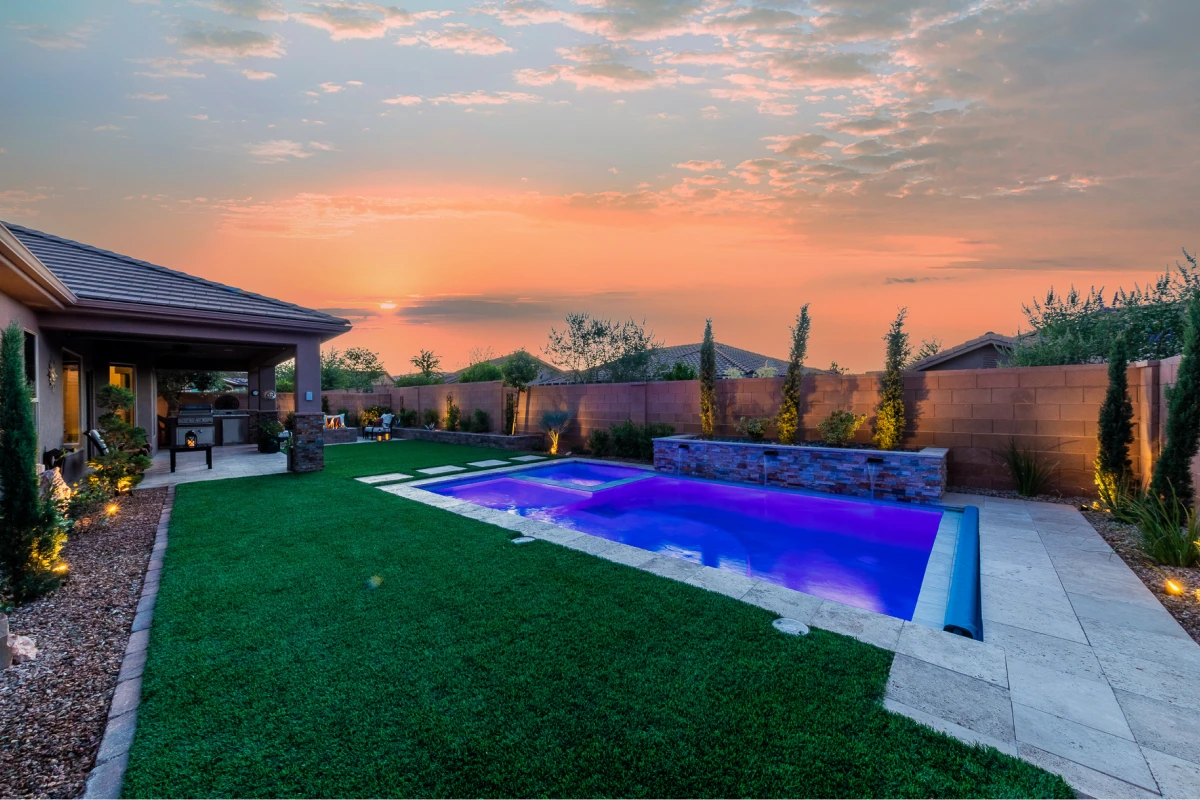
When designing your ideal outdoor space, the materials you choose play a critical role in both beauty and function. A popular and highly effective choice in modern landscaping is the diamond block wall. This guide delves into what diamond block walls are, their significant benefits, the installation process for these retaining wall systems, and essential maintenance tips. By understanding these versatile concrete block structures, you’ll see how diamond block walls can elevate your next landscaping project.
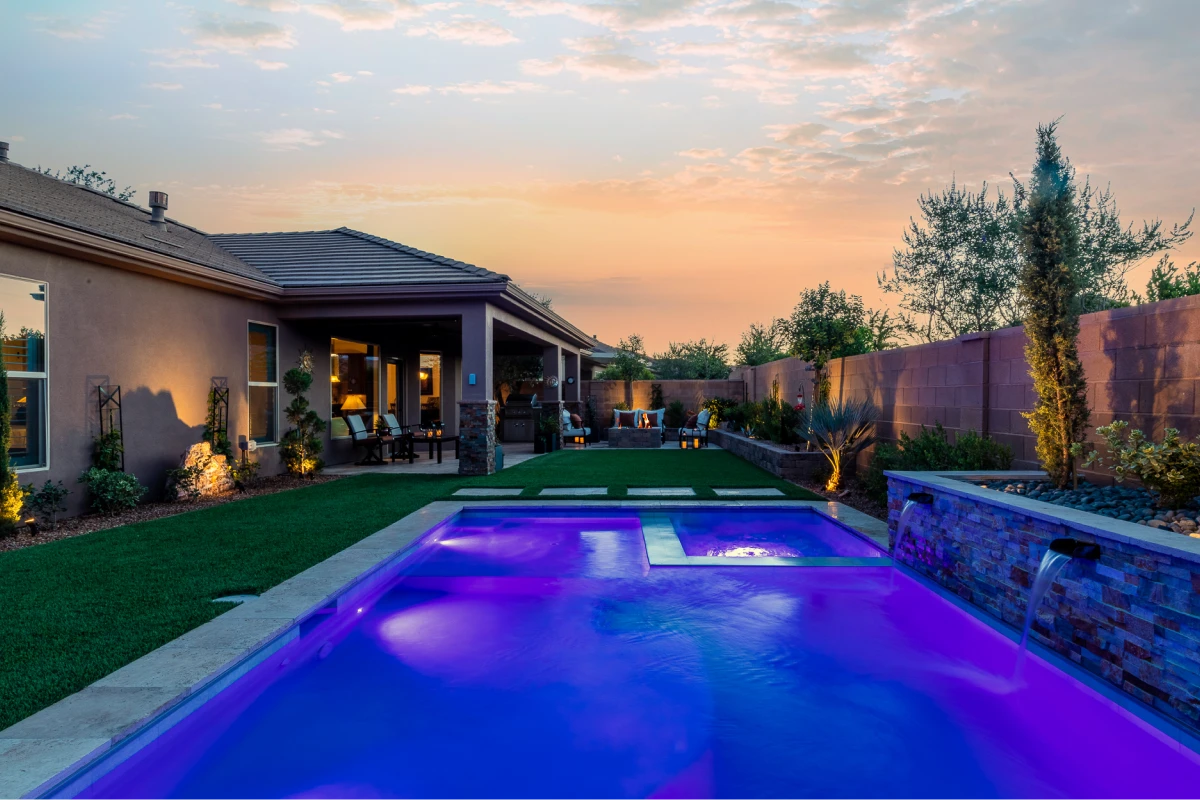
Thorough planning is crucial. Define the wall’s purpose, map its location, and determine the final height. Consider factors like soil conditions and water drainage. Sketching your layout helps estimate the square foot coverage needed and the quantity of diamond block units required. It’s wise at this stage to consult hardscape contractors like EcoGreen Landscaping & Pools, especially for complex large projects or engineered gravity walls.
You’ll typically need:
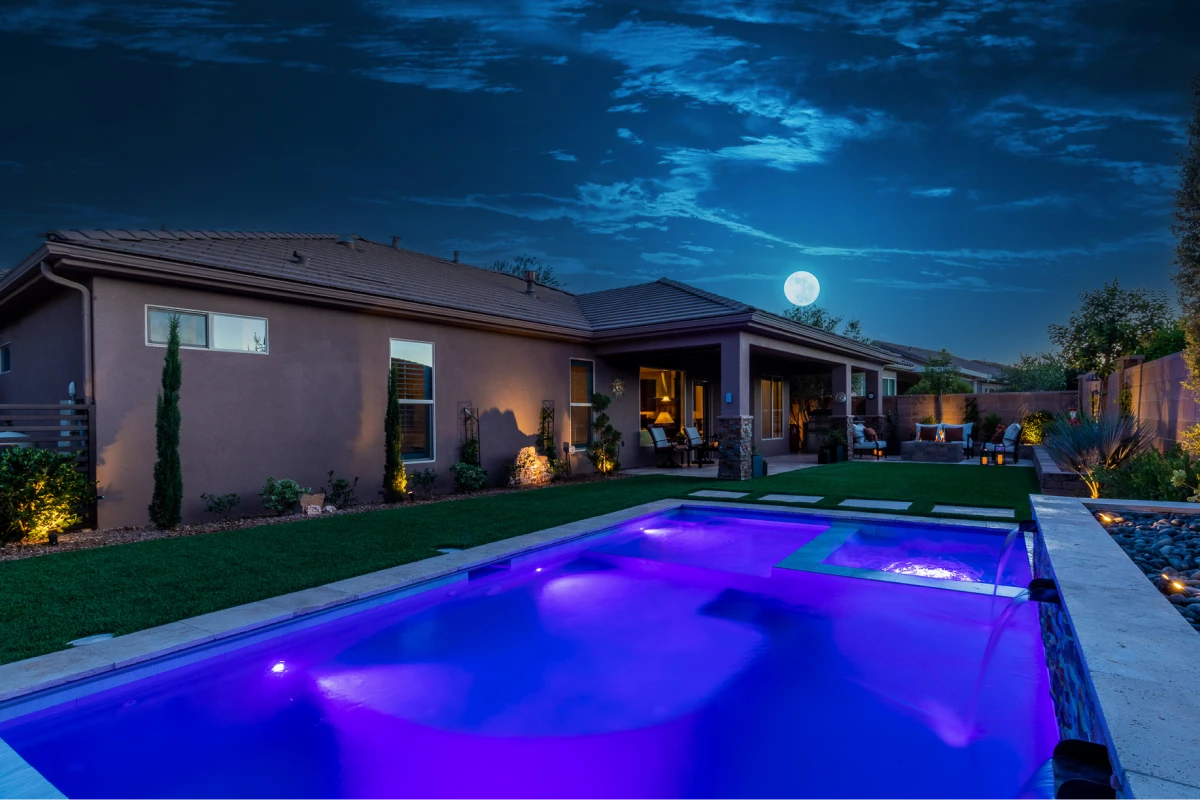
Diamond block walls excel at preventing soil erosion. As a sturdy retaining wall, they hold soil in place, crucial on sloped terrains where runoff can cause significant landscape damage.
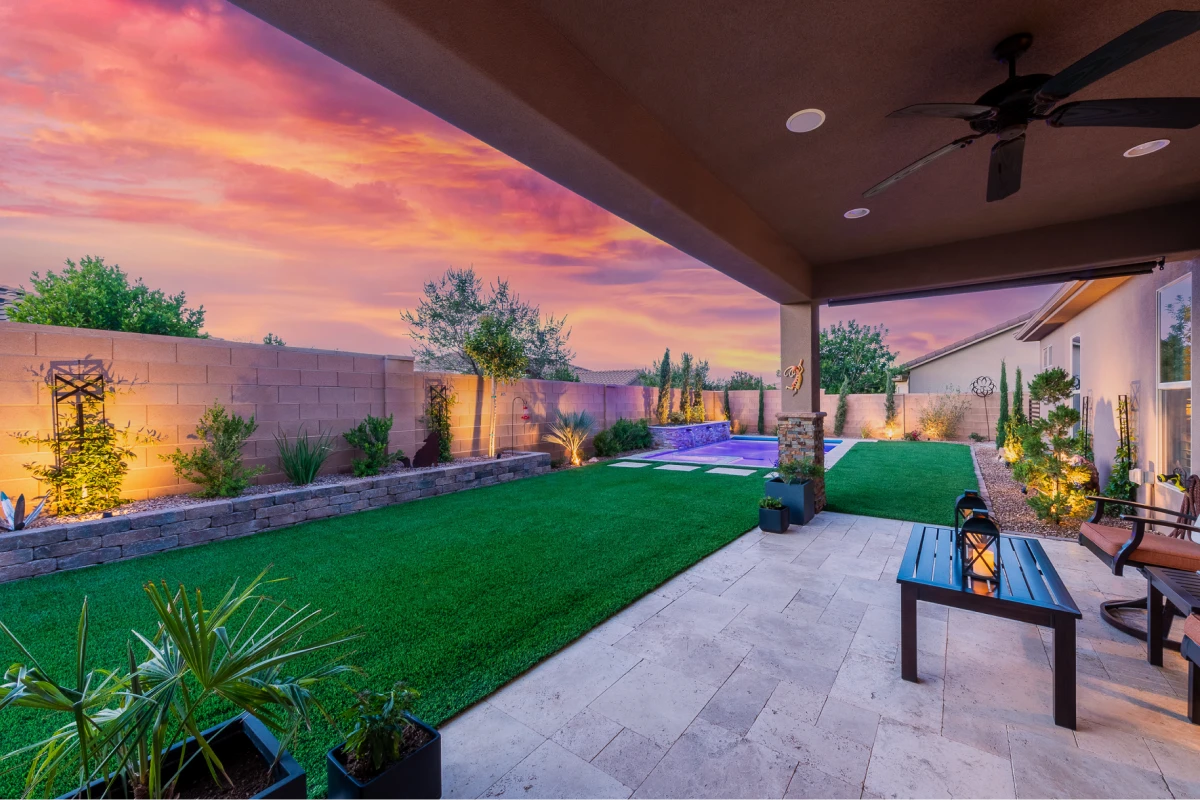
The application possibilities are broad. Use them for:

Compared to materials like wood, diamond block walls require minimal upkeep. There's no need for painting or staining. Occasional cleaning is generally all that's needed to maintain their appearance, saving you time and effort.

Periodically walk along the wall and inspect the blocks for any signs of shifting, cracking, or damage. Early detection allows for easier fixes. Check that the wall face remains plumb or battered as designed.
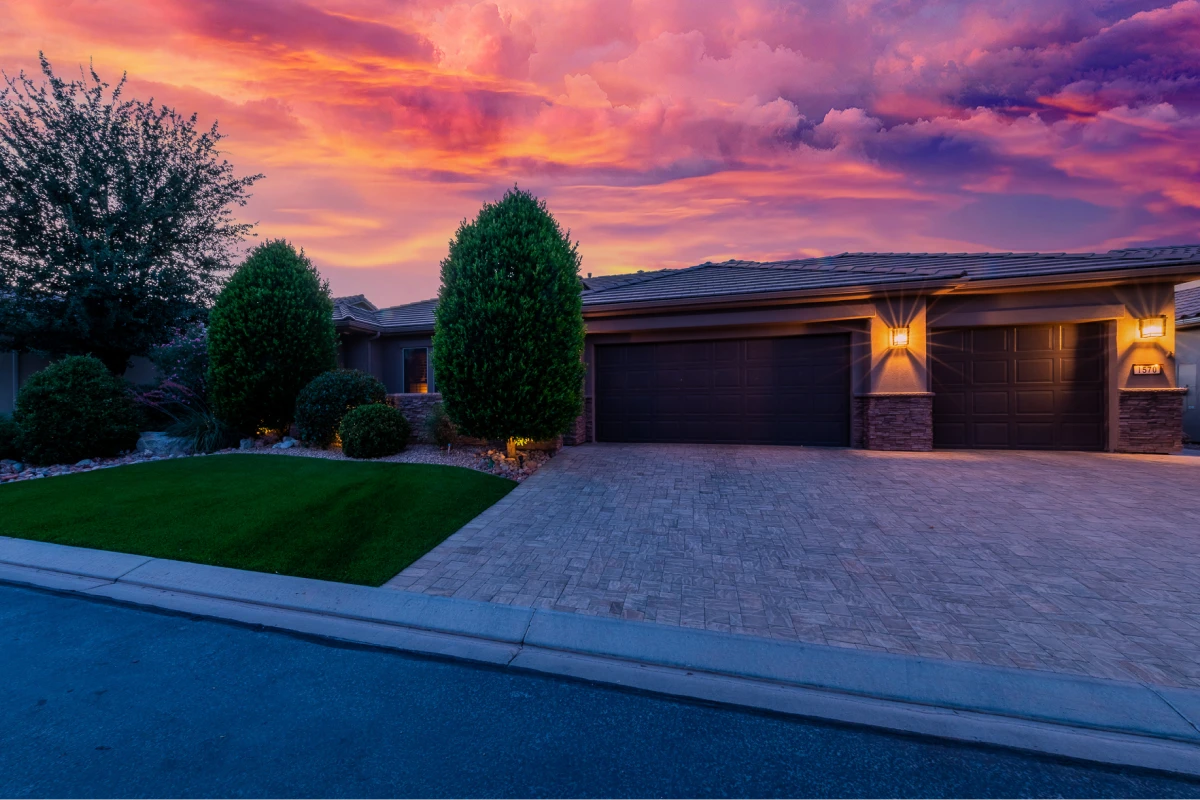
Remove dirt, debris, or biological growth (like moss or algae) from the concrete surface. A pressure washer on a low setting or a stiff brush with appropriate cleaner (avoiding harsh construction chemicals unless specified for masonry) usually works well.
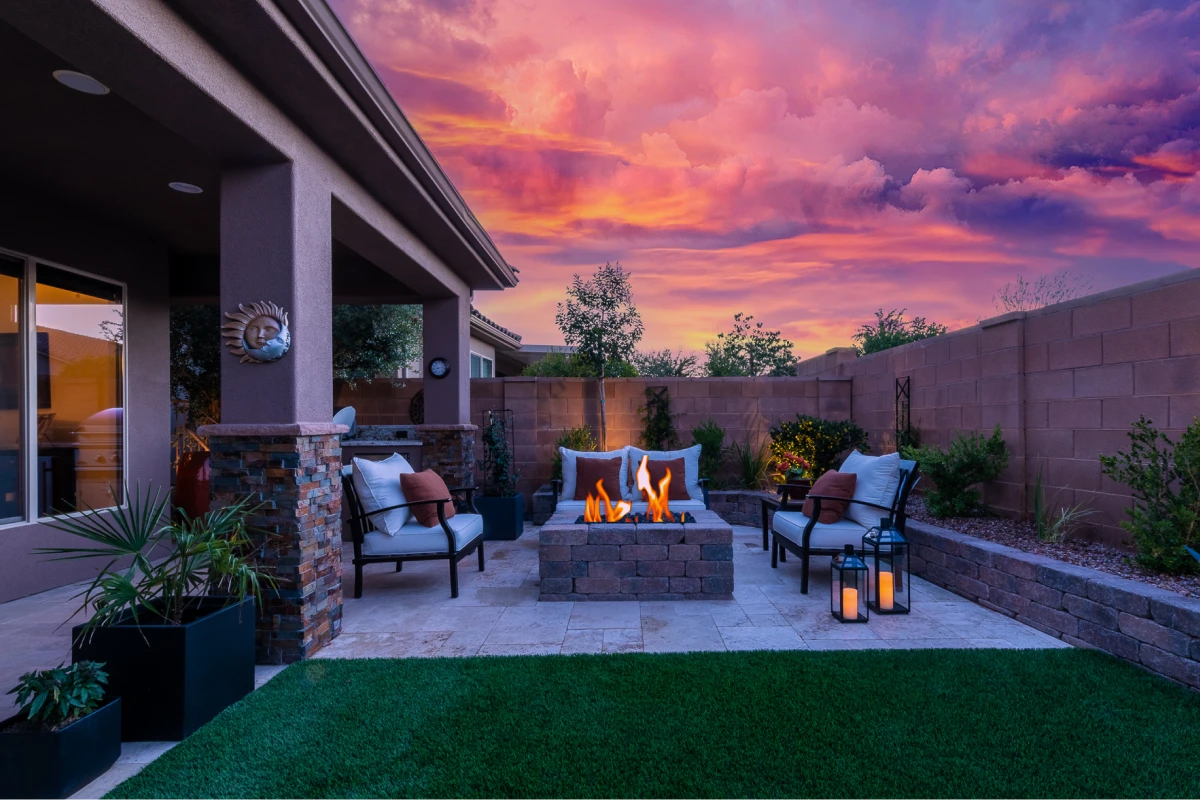
Ensure the area around the top and bottom of the wall allows water to drain away effectively. Keep drainage paths clear of obstructions. Proper drainage is arguably the most critical factor in long-term retaining wall stability.